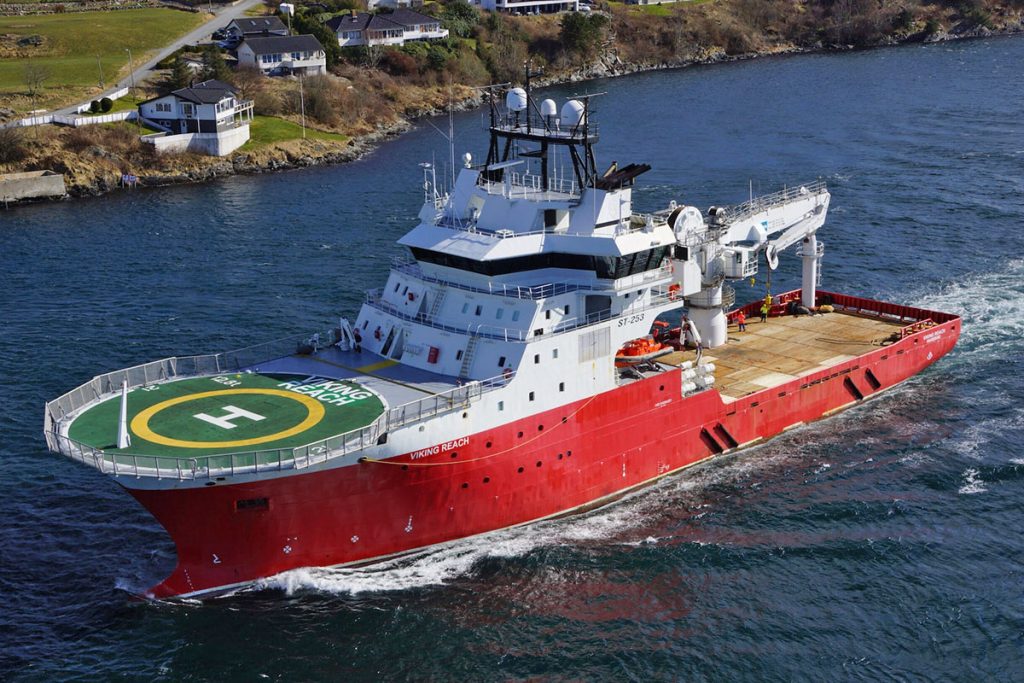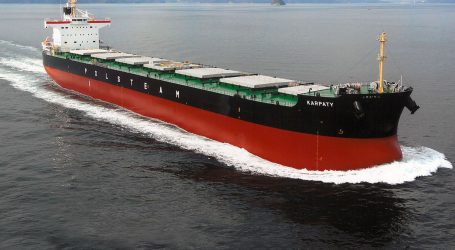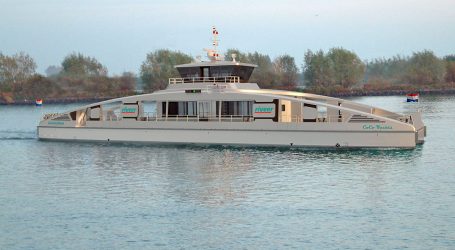Estonia ferry – international team begins survey of wreck on Baltic seabed
An international team of researchers began a journey to the bottom of the Baltic Sea on Tuesday to study the wreck of the ferry Estonia, whose sinking in 1994 – one of the most tragic maritime disasters of the 20th century – claimed 852 lives.
The research vessel Viking Reach (IMO number 9489651; year of construction 2009; GT 4398; carrying capacity 2325) set sail from the Swedish port of Karlskrona on Tuesday. The team is expected to start work on the ferry wreck on Wednesday. The expedition is co-organised by Estonian, Swedish, Finnish and Norwegian institutions.
The scientists plan to obtain several samples from the wreck, including from the damaged starboard side of the ferry and the surface of the hull. They also want to film the Estonia’s car deck, as well as excavate the bow ramp and parts of the hull plating.
The contractor for the underwater work is Norwegian company Reach Subsea AS, whose specialist personnel and unmanned, remotely operated ROVs will carry out the survey work. The research will be carried out without divers entering the wreck. The use of unmanned vehicles will reduce the involvement of divers, making operations safer.
A new investigation into the causes of the disaster was launched after the broadcast in 2020 of a documentary , whose makers, two Swedes, revealed previously unknown severe damage to the wreck on the starboard side. Investigators in 2021 conducted the first dives in years at the wreck’s resting place on the bottom of the Baltic Sea near the Finnish island of Utoe.
The disaster occurred on 28 September 1994 in the Baltic Sea, between 00:55 and 1:50, during a voyage from Tallinn to Stockholm. There were 989 passengers and crew members on board.
Source: PortalMorski.pl




